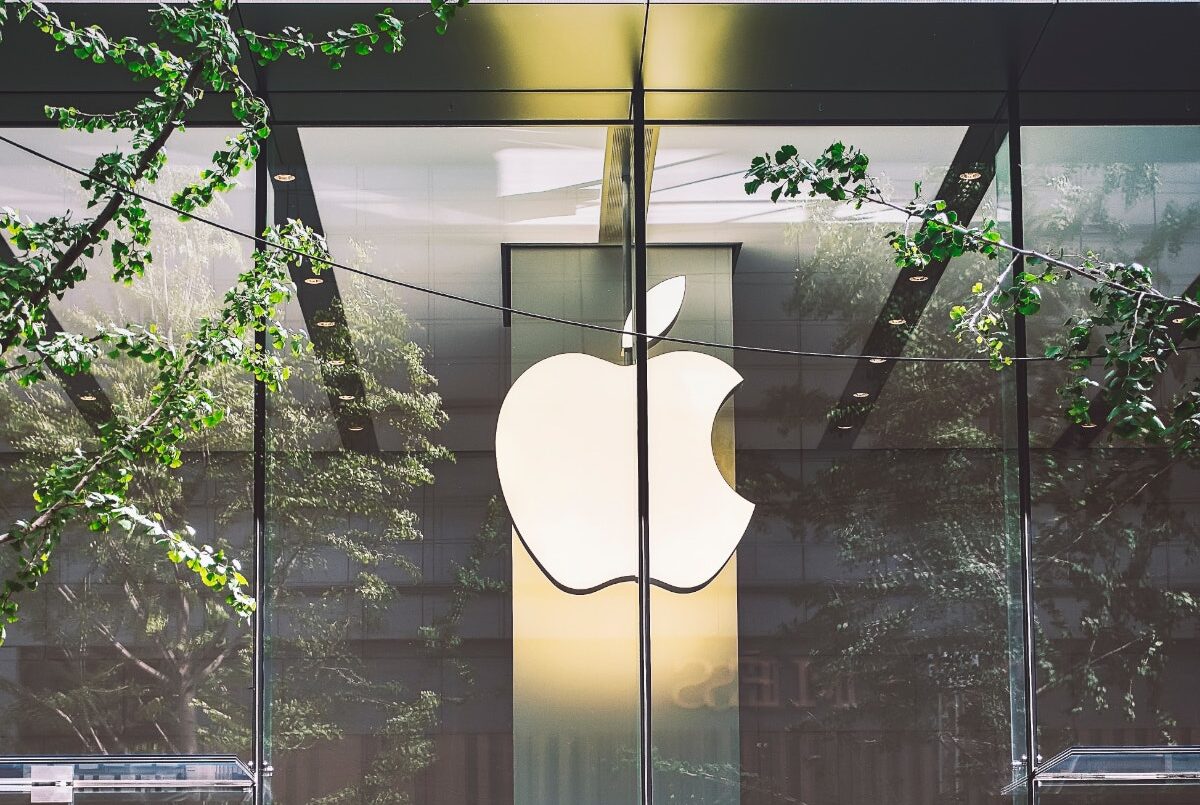
The Million Dollar Question: Rebrand, Co-brand or No Ma’am?
Apr 06, 2020
To paraphrase Shakespeare, “to rebrand, co-brand or leave your brand alone — that is the question.”
Brands are not static. They evolve over time. And some of the most successful companies rebrand. Some companies that have recently done so include Uber, Dunkin’ Donuts (now simply called Dunkin’), Slack, Mailchimp and Dropbox.
Ever heard of them?
We’ve shepherded countless rebrands for our clients at KEYLAY over the years, and we love the challenge that each individual rebranding brings, considering how every client has different needs, goals and timelines.
But here are some things to consider before undergoing a rebrand. Let’s start with reasons you should do so.

Take Walmart. The retail giant wanted to reposition itself in the market, especially with the explosive growth of its main competitor, Amazon. Walmart hired global creative consultants Lippincott to achieve this mission.
Lippincott maintained an emphasis on savings, but expanded the brand to resonate with customers on a more emotional level by emphasizing the most important outcomes for saving money (feeling smart and happy for making a good choice, spending more time with the family, living better).
That wasn’t all though. Lippincott did a top-to-bottom rebrand that included a new logo with a “spark” graphic that brings to mind a light bulb going off in your head about a good idea, or a burst of energy when you enjoy a better life. Walmart also moved on from its longtime “Always Low Prices” tagline to “Save Money, Live Better.”
You might also want to rebrand if you have a new leader or owner at your company. A new leader making wholesale changes right after they come in can sometimes backfire, but there are definitely positives to taking advantage of the timing to reenergize your brand in your customers’ eyes.

Apple did so in 1997 when Steve Jobs came back to lead the company. You remember the old rainbow-colored Apple logo? A logo redesign was a major part of the rebrand, and that’s why we have the metallic logo we’ve all become familiar with over the past two decades. And that seemed to work out pretty well for Apple, no?
Companies also choose to update their brand if they have an outdated image. Have things gotten stale with your messaging? How long has it been since you changed things up? Look at your branding versus your competitors. Is yours lacking that energy, that spark, that emotional feeling that will pull in customers?
Think about Pepsi and Coke. The soft drink giants have changed their logos and branding numerous times since their beginnings over a century ago.
A rebrand also might be in order if you want to differentiate yourself from your competition. Take another look at your branding and your competitors. Is your company name similar to others, or is it generic? If it’s leaning towards either, then you’re harming your brand.
Stand apart from your competition by highlighting the things that make your company different and better.
One more reason to rebrand? You want to outgrow a bad reputation. This can happen for several reasons, both self-inflicted and not. Just don’t wait till it’s too late to address the issue.
Uber did this recently after a number of incidents that painted the ridesharing giant with a negative image. The company wanted (and needed!) to demonstrate it was committed to a new and improved culture. So it underwent a thorough rebrand, and the company’s image is now beginning to turn the corner.
But there other options than rebranding. How about co-branding?
More importantly, what is cobranding? It’s when you form an alliance with another brand or brands to combine the brand awareness, cachet, positive associations and market strength to make customers want to pay a greater premium for your good or service.
Want some everyday examples? You can find one in your grocery aisle. Have you noticed those Pillsbury cookie and brownie mixes that have Hershey’s chocolate in them? That’s co-branding!
Or how about Taco Bell’s Doritos Locos Tacos? Co-branding!
There’s also a number of credit card companies that partner with airlines to offer airline miles with qualifying purchases. Yet another example of co-branding.
Look around at other brands. Expand your thinking when it comes to achieving new heights with your business. Is there another company that you think can get you there?
Now aside from rebranding and co-branding, there is always the option of leaving your company’s brand alone.
You never want to change your brand just for change’s sake. There are so many examples over time of companies that just wanted to “shake things up” when in actuality they were moving forward with momentum already.
Don’t know how to tell the difference for what you should do? Contact us and we’ll help you evaluate the options. We’re here for you!



